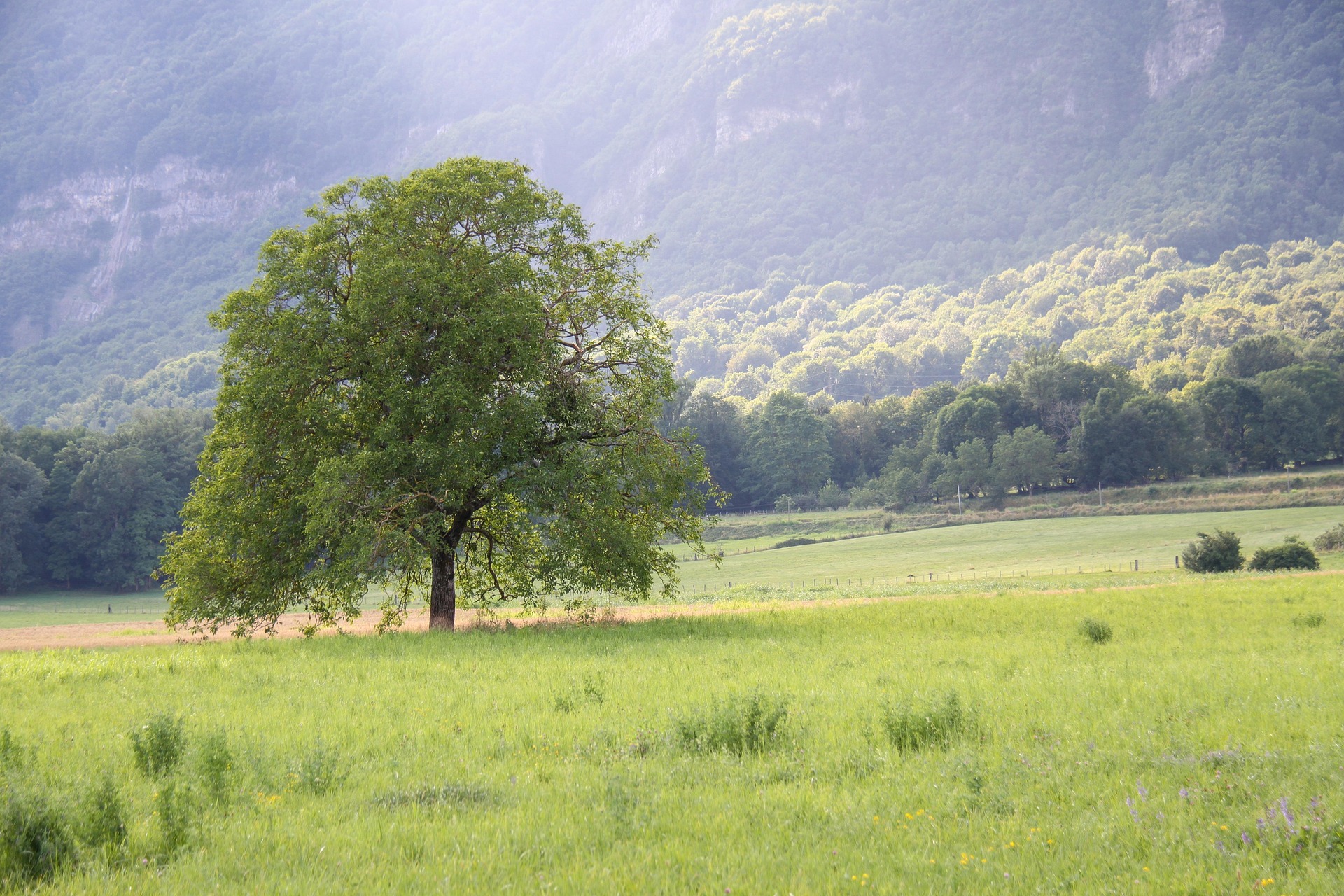Solastalgia: The Emotional Toll of Environmental Change
In an era of rapid environmental transformation, a new psychological phenomenon is emerging. Solastalgia, the distress caused by environmental change, is reshaping our relationship with the world around us. Read below to explore this concept and its far-reaching implications for mental health, community dynamics, and our collective future.
The Origins and Evolution of Solastalgia
The term solastalgia combines the Latin word solacium (comfort) with the Greek root -algia (pain) to describe the pain or distress caused by the loss of solace and the sense of desolation connected to the present state of one’s home environment. Albrecht first observed this phenomenon while studying the psychological impact of long-term drought and large-scale open-cut coal mining on communities in New South Wales, Australia.
Since its introduction, the concept has been applied to various contexts worldwide, from communities affected by natural disasters to indigenous peoples facing the loss of ancestral lands. As global awareness of environmental issues has grown, so too has recognition of solastalgia as a legitimate psychological response to ecological change.
The Psychological Mechanisms of Solastalgia
At its core, solastalgia stems from our deep-seated need for a sense of place and belonging. Humans have an innate tendency to form emotional attachments to their environment, a concept known as place attachment in environmental psychology. When familiar landscapes change dramatically or disappear entirely, it can trigger a profound sense of loss and disorientation.
This emotional response is rooted in our cognitive and emotional processing of environmental stimuli. The brain’s limbic system, particularly the amygdala and hippocampus, plays a crucial role in processing environmental information and forming place-based memories. When the environment changes significantly, it can create a cognitive dissonance between our memories and current reality, leading to emotional distress.
Manifestations and Impacts on Mental Health
Solastalgia can manifest in various ways, often mirroring symptoms of anxiety, depression, or grief. Common experiences include feelings of homesickness while still at home, a sense of powerlessness or hopelessness, and a diminished sense of belonging. In severe cases, it can contribute to more serious mental health issues, including clinical depression and post-traumatic stress disorder.
Research has shown that solastalgia can have significant impacts on individual and community well-being. A study published in the journal EcoHealth found that residents in drought-affected rural Australia experienced higher levels of psychological distress and reported feeling a loss of identity and purpose tied to changes in their environment.
Societal Implications and Cultural Shifts
As awareness of solastalgia grows, it is influencing societal discourse and policy-making around environmental issues. The concept provides a framework for understanding the human cost of environmental degradation beyond purely economic or ecological metrics. This has led to increased calls for considering psychological impacts in environmental impact assessments and climate change adaptation strategies.
Moreover, solastalgia is reshaping cultural narratives around place and identity. It has inspired new forms of artistic expression, with writers, filmmakers, and visual artists exploring themes of environmental loss and transformation. This cultural shift is contributing to a broader re-evaluation of our relationship with the natural world and our role in shaping it.
Coping Strategies and Resilience Building
While solastalgia presents significant challenges, researchers and mental health professionals are developing strategies to help individuals and communities cope. These approaches often focus on building resilience, fostering community connections, and empowering individuals to take action on environmental issues.
One promising avenue is the concept of soliphilia, also introduced by Albrecht, which describes the love of and responsibility for a place, bioregion, or planet, and the unity of interrelated interests within it. Encouraging soliphilia can help transform feelings of loss and powerlessness into motivation for positive environmental action.
Community-based initiatives, such as collective gardening projects or local conservation efforts, have shown potential in mitigating solastalgia by fostering a sense of agency and connection to place. Additionally, eco-psychology and nature-based therapies are emerging as specialized approaches to addressing the psychological impacts of environmental change.
As we navigate an era of unprecedented environmental transformation, understanding and addressing solastalgia becomes increasingly crucial. By recognizing the profound connections between environmental health and human well-being, we can work towards creating more resilient communities and fostering a more harmonious relationship with our changing world.






